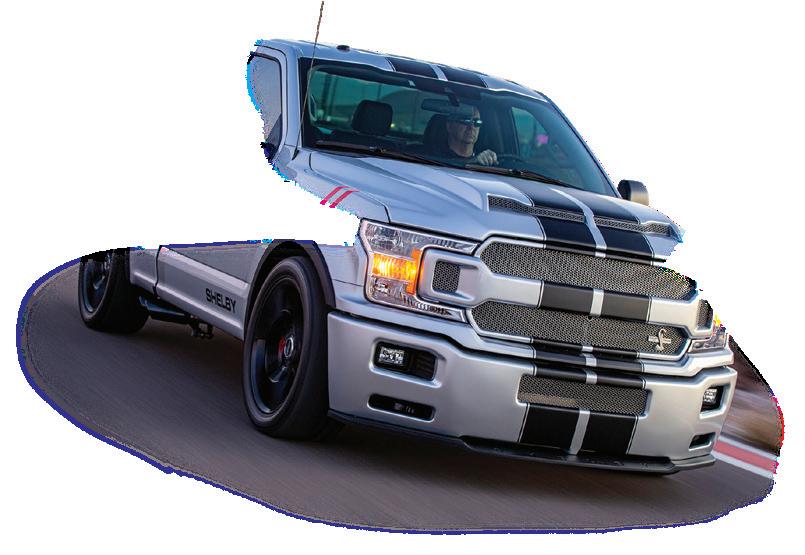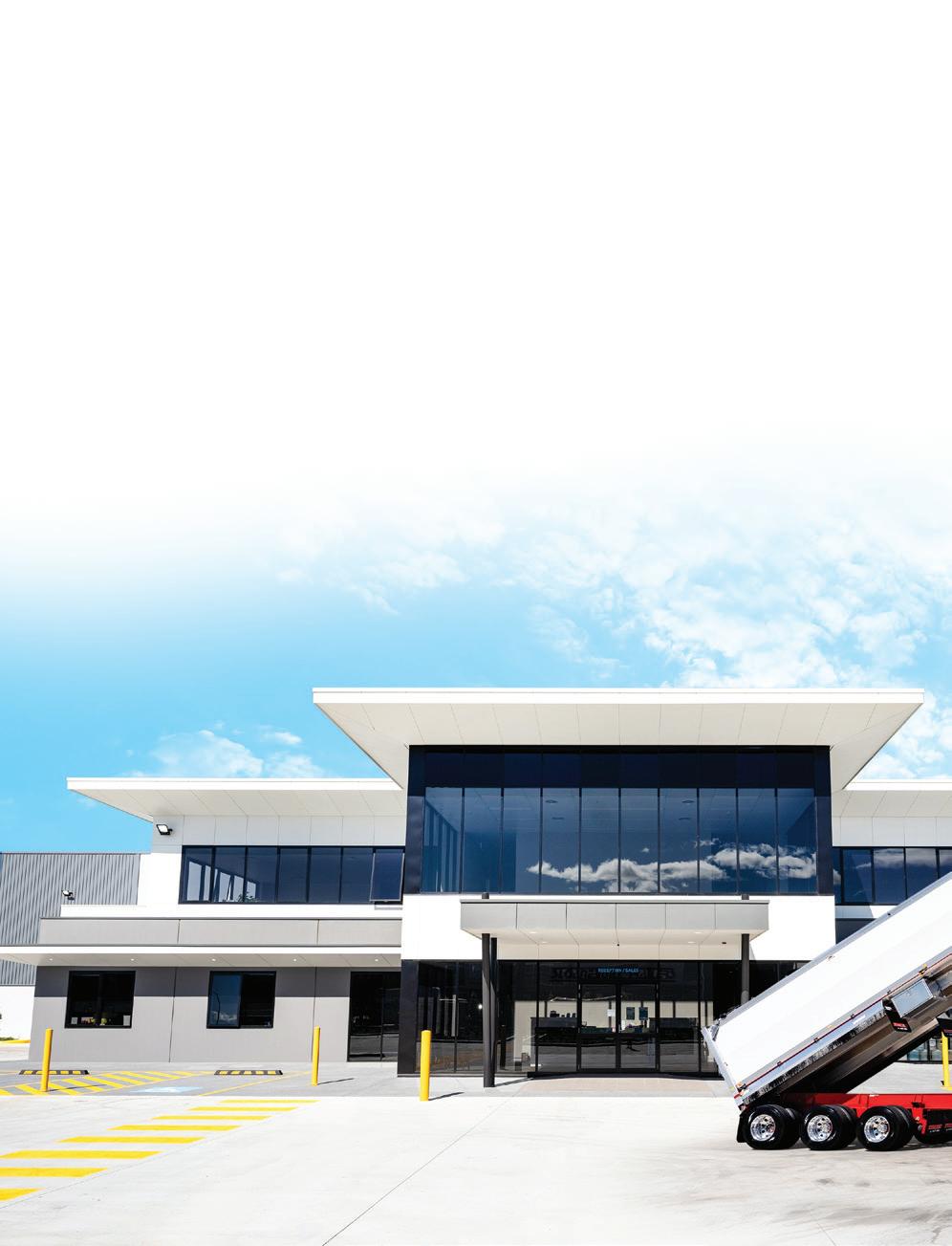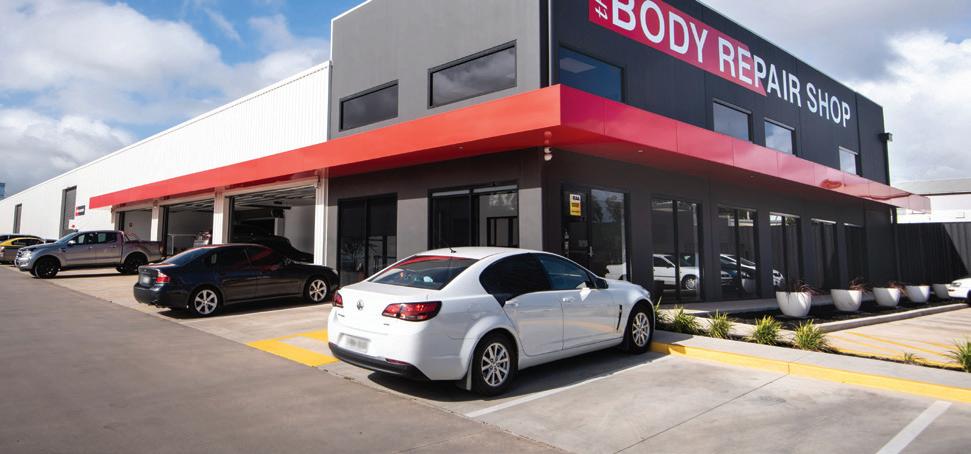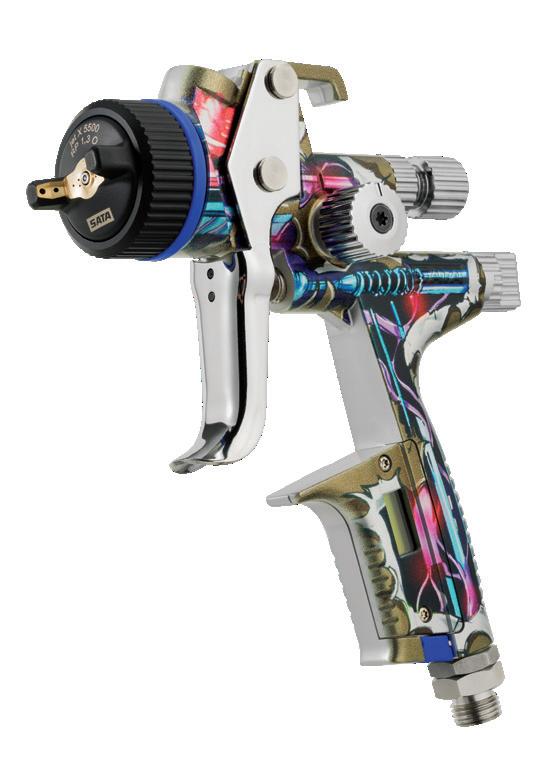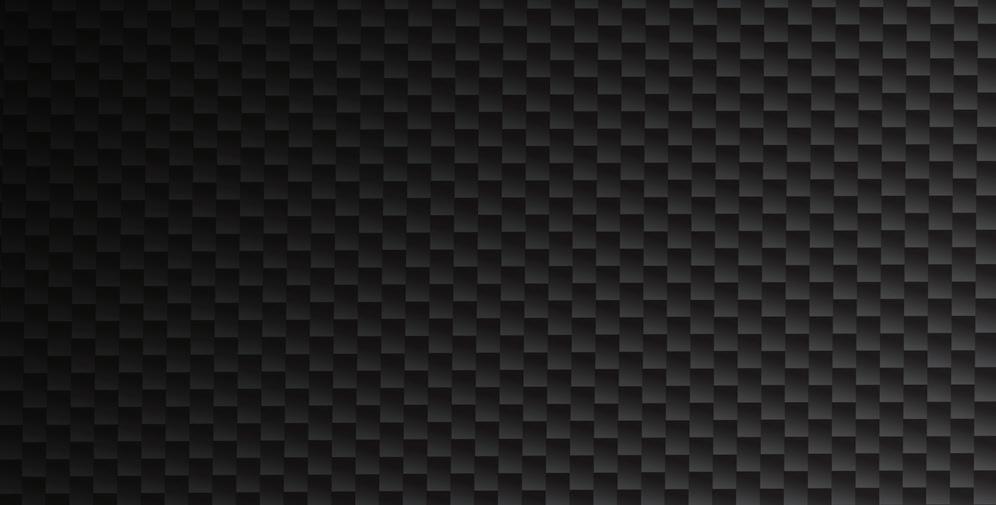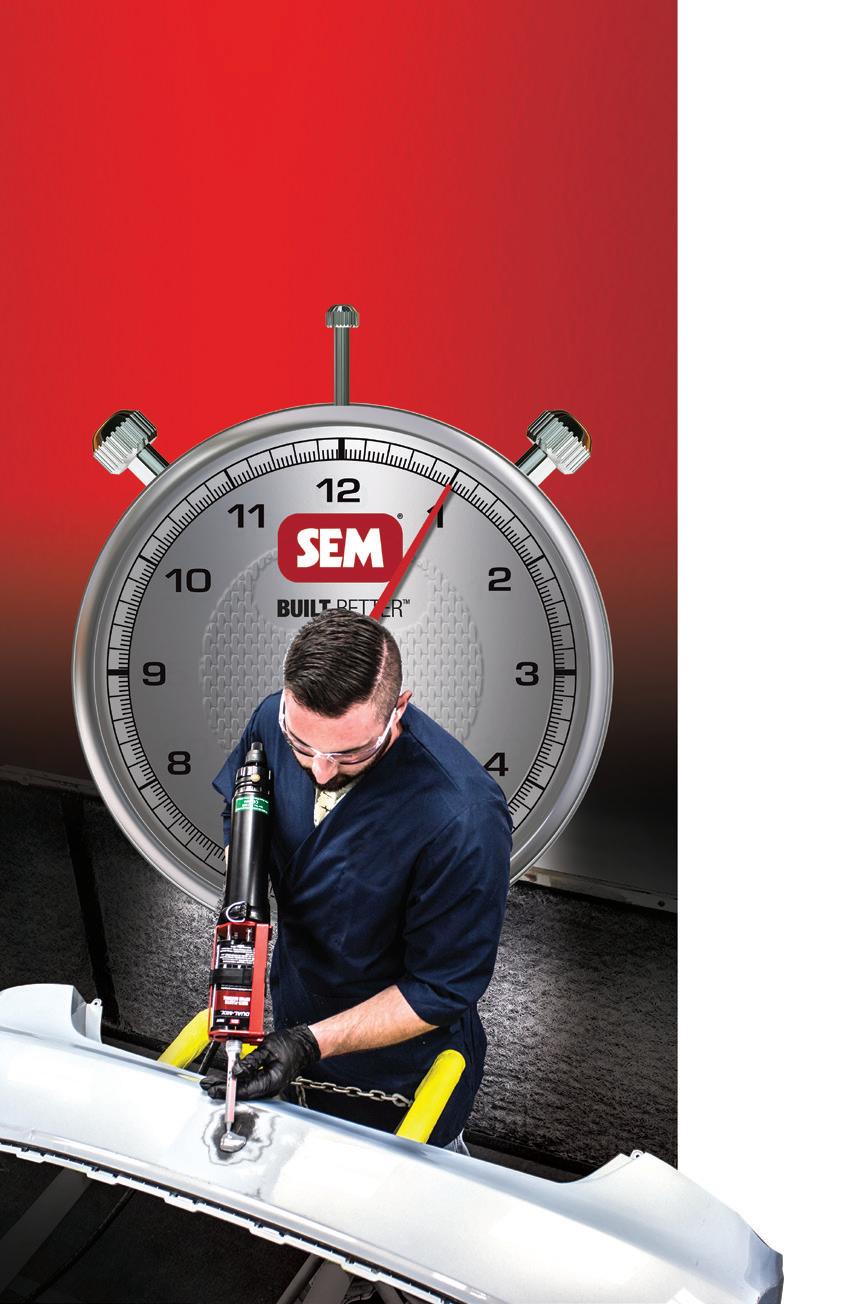PPG CUSTOMERS REFINISHER
8
Head up display While retaining its crucial safety functions, rStar Design can transform your motorsport helmet into a piece of wearable art that is an extension of the driver’s personality.
A
lthough it’s not difficult to find a new motorsport helmet that delivers quality protection, colour choice can leave a lot to be desired. Typically, the boring options are either white, black or bare carbon-fibre. It’s here that rStart Design has carved out a healthy niche creating custom helmet paint jobs for drivers competing in everything from grassroots go-karting, through to elite level motorsport, including Supercars and NASCAR. Located in Sydney, it’s a one-man-band operation run by Frank Stivala, who says it has been an evolution of his skills as an automotive spray painter.
“I was working for myself doing restorations and hot rods and I explored helmet painting as a way to fill the gaps. I grew up around different forms of motorsport so I painted a display helmet and went to local go-kart events to show people and give out business cards. I ended up painting helmets for a few well-known, young go-kart racers which got the ball rolling. Within two years helmet painting had completely taken over.” While many elements go into helmet painting, the basics of refinish painting remain the same, says Frank.
It’s about sticking to tried and true products and processes and insisting on fine attention to detail. “I have been mucking about with an airbrush since before I left school so I was very comfortable with that. Then it was just a matter of combining my painting skills with a basic knowledge of graphic design. The first step is to generate a digital rendering of the helmet artwork based on the customer’s ideas, colour choices, etc. This is one aspect I had to refine and get better at over time. Although it’s a twodimensional (2D) rendering, it’s a very good representation of what the customer is going to get. They approve that before I go ahead and apply any paint. No matter what colour they are, 99% of helmets come finished in a factory clearcoat so the prep work is just like preparing a blend panel on a car.” “Once the design is set, there is a lot of layout and masking work to take it from 2D to the 3D shape of the helmet. This is where the freehand element comes in as you start to mask up and every single job is different. Planning your steps is a big factor, especially when doing logos. Getting the colours on in the right sequence and putting on the minimal amount of paint are just some of the things you have to think about. Some customers do worry about weight so you can’t just keep adding more and more.”

